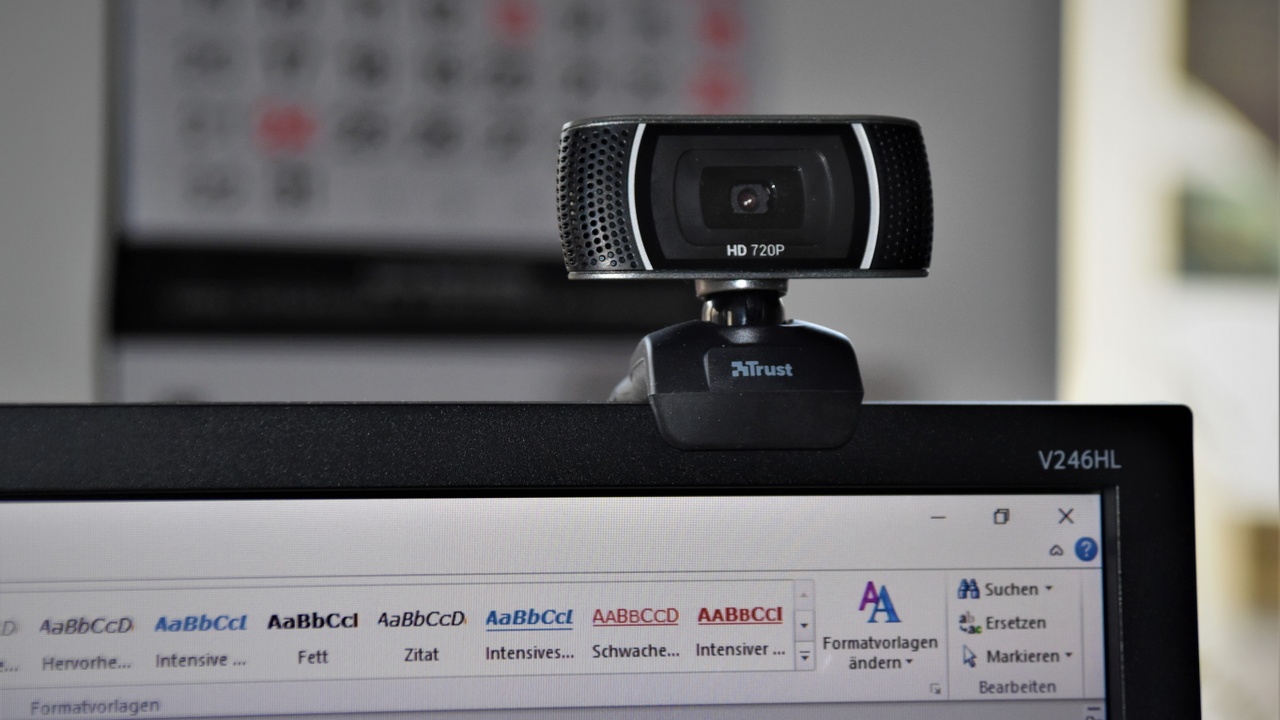7 Easy Ways to Organize Your Presentations

If you don't know where you're going, any road will get you there.
— George Harrison, Any Road
By John Millen
Have you ever felt lost while listening to someone give a presentation?
You're not alone.
We've all sat through presentations that wander the landscape without a clear road map or destination.
That's because the person talking failed to organize their presentation.
A lack of clear organization is a problem that plagues presenters in organizations everywhere. It drains productivity in meetings and causes deep employee frustration and resentment.
It's even worse when the presentation is on a virtual platform like Zoom.
To avoid confusing and frustrating your listeners, you'll want to make sure you spend time planning your next talk.
This has great benefits, including clearer messaging, less time needed to prepare, and you'll have an easy guide for creating your slides.
With a clearly organized presentation, you'll also keep people more engaged and you'll be more likely to influence their attitudes and behavior.
How to start organizing
I teach my clients to follow a simple organizing process using a whiteboard, flow chart or legal pad to mind map their major idea or argument with all the supporting points and evidence.
Once you have all of that in front of you, find patterns that emerge to cluster information and organize your talk and potential slides around the key messages that emerge.
To help you in building your presentation, here are seven of the best strategies for organizing your talk.
1. Use the simple 3-part formula
The classic 3-part structure, and quickest to use, is simply this: beginning, middle and end.
A) Beginning: Tell them what you’re going to tell them (overview);
B) Middle: Tell them (body), and
C) End: Tell them what you told them (summary).
Fast and efficient. Drop and drag your points and go. You can make the body messaging as simple or as deep as needed.
Of course, to orient your audience, you’ll want to do an overview and summary with the following structures as well.
2. Tell your story
People love stories. That’s why all presentations should amount to a story, but this approach calls for specifically crafting one long-form story to walk people through the evolution of a new product, a service, a building, or many other projects.
For example, you’d tell a story about how we came up with the idea; stories about the process of creation; and stories about the final development and execution.
3. Take a walk through time
In the chronological format, you'll walk your audience from the past to the present, to the future. Describe where we came from, what we're doing now and where we go from here.
4. Solve a problem
This problem/solution format can be a clear and powerful technique, especially with business audiences. Senior leaders who want you to get to the point will appreciate you focusing specifically and comprehensively on the problem. Then you'll clearly define the options and your recommended solution.
5. Destroy the myths
This format is where you explore myths versus facts. For an issue, product or service that is generally misunderstood, laying out a myth and the truth, side by side, can be very persuasive, especially for people who have not yet made up their minds.
6. Get physical
When describing issues with a geographic component, organizing your presentation in a physical format allows you to walk people through the landscape as a journey.
You might show a map of the U.S. and work from West to East through the various regions as stopping points for analysis.
7. Compare and contrast
This method is helpful when your organization, product or service is trying to find differentiation from your competitors.
Work with others to determine the most important factors of comparison and set up your talk to specifically address each of the top three or five factors.
This works well in planning and brainstorming meetings.
Organizing your next presentation
There are many more methods for organizing your presentations. It doesn’t necessarily matter which one you choose. The key is to use some sort of pattern to organize your thoughts before you begin.
Having a clear path will also help you stay on track when things go wrong during your presentation.
The greatest benefit of organizing your presentation is the feeling of clarity for you and your listeners.
It’s like you're all driving in a car while looking at the same GPS device. This means everyone knows their destination and you can relax and enjoy the ride.








